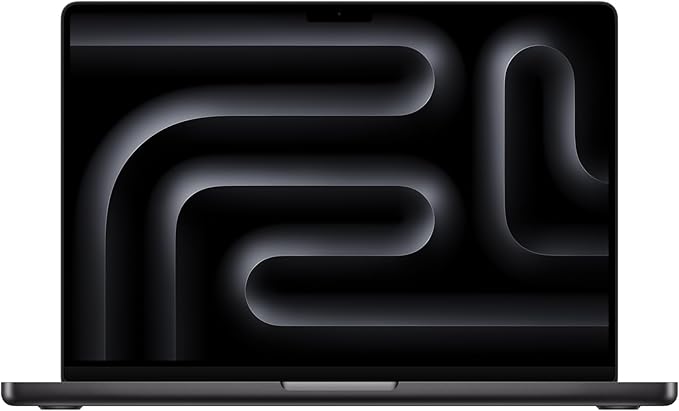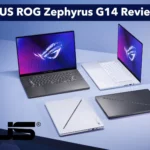If you’re an engineer, architect, or designer working with Bentley MicroStation, you already know how demanding this software can be. Handling large DGN files, 3D models, and detailed renderings requires a laptop that doesn’t freeze up in the middle of your workday. The truth is, not every laptop is built for that level of performance.
That’s why we’ve put together this practical, easy-to-read guide on the best laptops for MicroStation in 2025. Instead of just throwing specs at you, we’ll break down what actually matters, highlight the pros and cons of each model, and give you some real advice on how to choose the right one for your workflow.
What to Look for in a MicroStation Laptop
Before jumping into our top picks, let’s quickly cover the key specs you should keep in mind:
- Operating System: Windows 10 or Windows 11 (MicroStation runs natively on Windows).
- RAM: 16 GB minimum, but 32 GB is the real sweet spot if you’re dealing with complex 3D models.
- Processor (CPU): A modern Intel Core i7/i9 HX series or AMD Ryzen 7/9. Look for high single-core speeds.
- Graphics (GPU): A discrete GPU is strongly recommended. NVIDIA RTX or professional RTX A-series cards offer smoother viewport performance.
- Storage: NVMe SSD, preferably 1 TB or more. Big projects eat space quickly.
- Display: A 16-inch screen with at least QHD resolution makes long work sessions easier on the eyes.
- Ports: HDMI, Thunderbolt, and USB-C are essentials if you plan to connect extra monitors or devices.
See also: Best Laptops for AutoCAD
Best Laptops for MicroStation in 2025
Here are our top choices — all current models that balance performance, durability, and portability.
1. Lenovo ThinkPad P16 Gen 2 — Rock-Solid Workstation
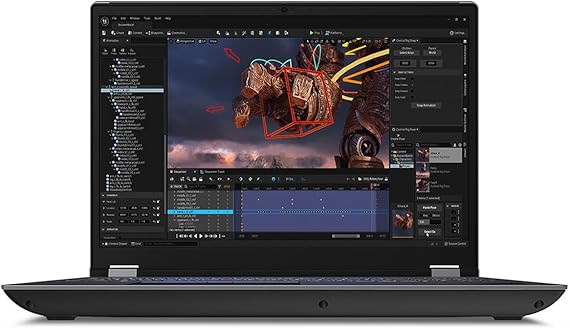
If you want the closest thing to a desktop workstation in a portable form, this is it. The ThinkPad P16 is designed for heavy CAD and BIM workloads.
Specs highlight:
- Intel 13th Gen Core i9 HX
- NVIDIA RTX A-series or GeForce RTX 40-series
- Up to 128 GB RAM
- 16″ 16:10 QHD/4K display
- Weight: ~2.5–2.8 kg
Pros: Durable build, ISV certification, huge RAM and GPU options.
Cons: Heavier and more expensive than slim laptops.
2. Lenovo ThinkPad P1 Gen 7 — Portable but Powerful
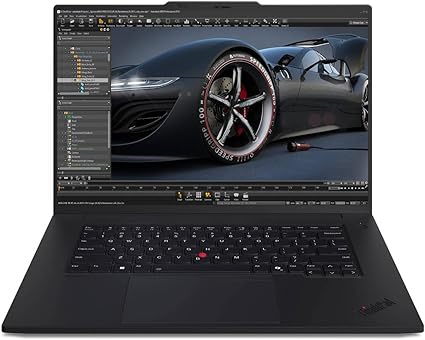
This is the laptop for professionals who move between the office, site visits, and client meetings. It’s slim, light, and still packs serious performance.
Specs highlight:
- Intel Core Ultra 7/9
- NVIDIA RTX 40-series
- Up to 64 GB RAM
- 16″ WQXGA or OLED display
- Weight: ~1.8–2.0 kg
Pros: Lightweight, premium build, great battery life for a workstation.
Cons: Not as powerful as bulkier models.
3. HP ZBook Fury 16 (G10/G11) — Built for Heavy Lifting
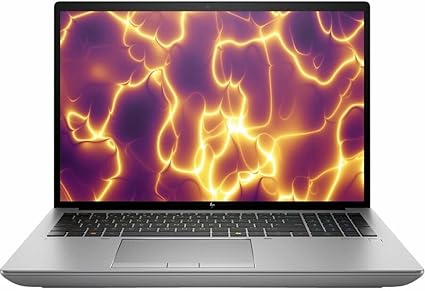
HP’s ZBook Fury is all about raw horsepower. If your MicroStation projects involve massive 3D files and frequent rendering, this machine won’t let you down.
Specs highlight:
- Intel Core i9 HX series
- NVIDIA RTX 4000 Ada or pro GPUs
- Up to 128 GB RAM
- 16″ UHD display options
- Weight: ~2.6–3.0 kg
Pros: Desktop-class performance, wide range of configuration options.
Cons: Heavy, battery drains fast under full load.
See also: HP ZBook Fury 16 G11 Review
4. Dell Precision 7780 — The Heavyweight Performer
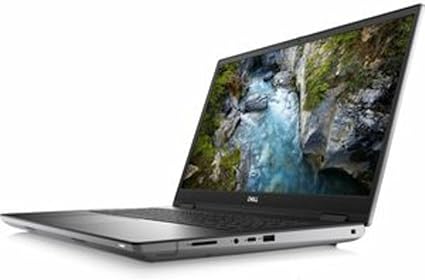
The Precision line has long been trusted for CAD and 3D design. The 7780 is a full-size workstation that can easily double as a desktop replacement.
Specs highlight:
- Intel Core i9 HX
- NVIDIA RTX A-series up to A5500
- Up to 128 GB RAM
- 17.3″ display
- Weight: heavy — not for frequent travelers
Pros: Incredible expandability, strong thermals, Dell Pro Support.
Cons: Large and heavy, not ideal for portability.
5. ASUS ProArt Studiobook 16 — For Design and Color Accuracy
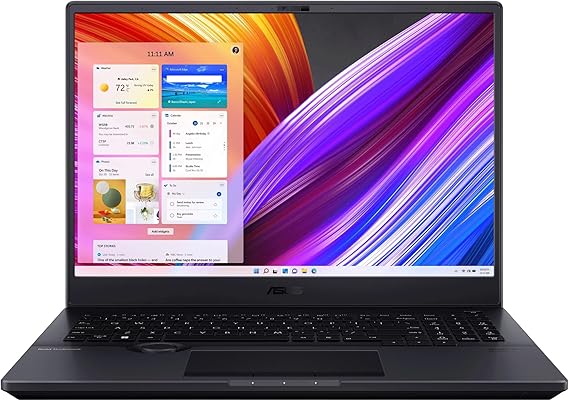
If you not only model but also present, visualize, or render, the ProArt Studiobook gives you brilliant OLED display options with high performance inside.
Specs highlight:
- Intel Core i9 / AMD Ryzen 9
- NVIDIA RTX 4070 or RTX 3000 Ada
- Up to 64 GB RAM
- 16″ 4K OLED display
- Weight: ~2.3–2.6 kg
Pros: Stunning display, solid performance, good value for creators.
Cons: GeForce GPUs don’t have certified drivers like workstation cards.
6. MSI Creator M16 HX — Balanced Power for Professionals

The MSI Creator line blends performance and design at a reasonable price point. It’s perfect if you want strong specs without going full workstation.
Specs highlight:
- Intel Core i9 HX
- NVIDIA RTX 4070/4080
- Up to 64 GB RAM
- 16″ QHD 16:10 display
- Weight: ~2.4 kg
Pros: Excellent performance for CAD and creative work, fair pricing.
Cons: Lacks ISV certification, fans can get loud.
Comparison Table
| Laptop | CPU | GPU | RAM | Display | Weight |
|---|---|---|---|---|---|
| Lenovo P16 Gen 2 | i9 HX | RTX A / RTX 40 | Up to 128 GB | 16″ QHD/4K | ~2.8 kg |
| Lenovo P1 Gen 7 | Core Ultra 7/9 | RTX 40 | Up to 64 GB | 16″ OLED/QHD | ~2.0 kg |
| HP ZBook Fury 16 | i9 HX | RTX 4000 Ada | Up to 128 GB | 16″ UHD | ~3.0 kg |
| Dell Precision 7780 | i9 HX | RTX A5500 | Up to 128 GB | 17.3″ | Heavy |
| ASUS ProArt Studiobook 16 | i9 / Ryzen 9 | RTX 4070 | Up to 64 GB | 16″ OLED 4K | ~2.5 kg |
| MSI Creator M16 HX | i9 HX | RTX 4080 | Up to 64 GB | 16″ QHD | ~2.4 kg |
Final Thoughts
When choosing a laptop for MicroStation, it all comes down to how you work. If you’re mostly at a desk, a Lenovo P16 or HP ZBook Fury is unbeatable for raw performance. If you’re constantly on the go, the ThinkPad P1 or ASUS ProArt will keep your workflow smooth without weighing you down.
The bottom line? Don’t cheap out on RAM and GPU. MicroStation thrives on strong specs, and investing in the right laptop now will save you countless headaches later.
FAQ
Yes. While 2D projects run fine on integrated graphics, a dedicated NVIDIA RTX card makes 3D modeling, rendering, and navigation far smoother.
16 GB is the minimum, but 32 GB is strongly recommended if you work with large 3D models or multitask with other software.
Yes. High-end gaming laptops with RTX 40-series GPUs handle MicroStation well, though workstation laptops have certified drivers for extra stability.
No. MicroStation is Windows-native. While you could run it via virtualization, a Windows laptop is the reliable choice.
If you want a balance of power and portability, the Lenovo ThinkPad P1 Gen 7 or ASUS ProArt Studiobook 16 are excellent options.

